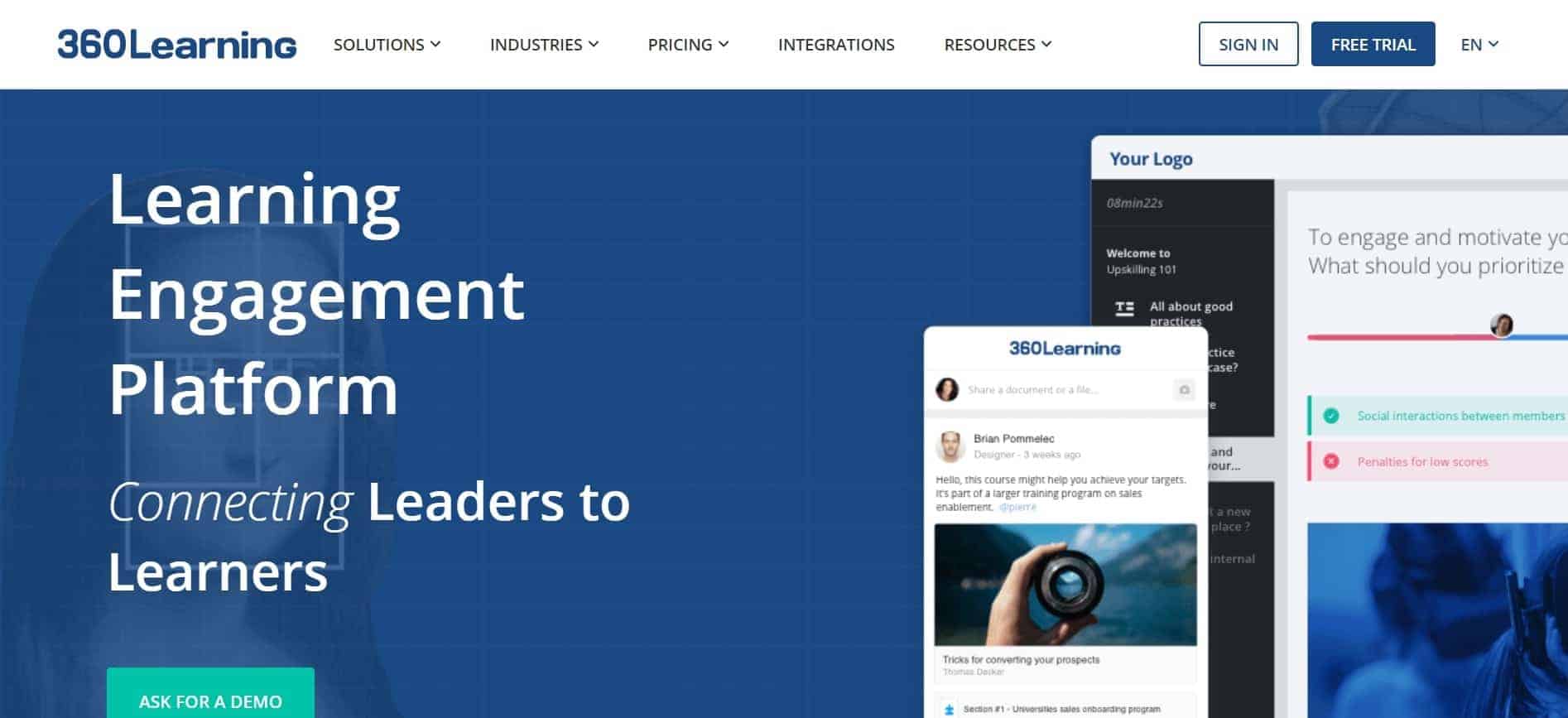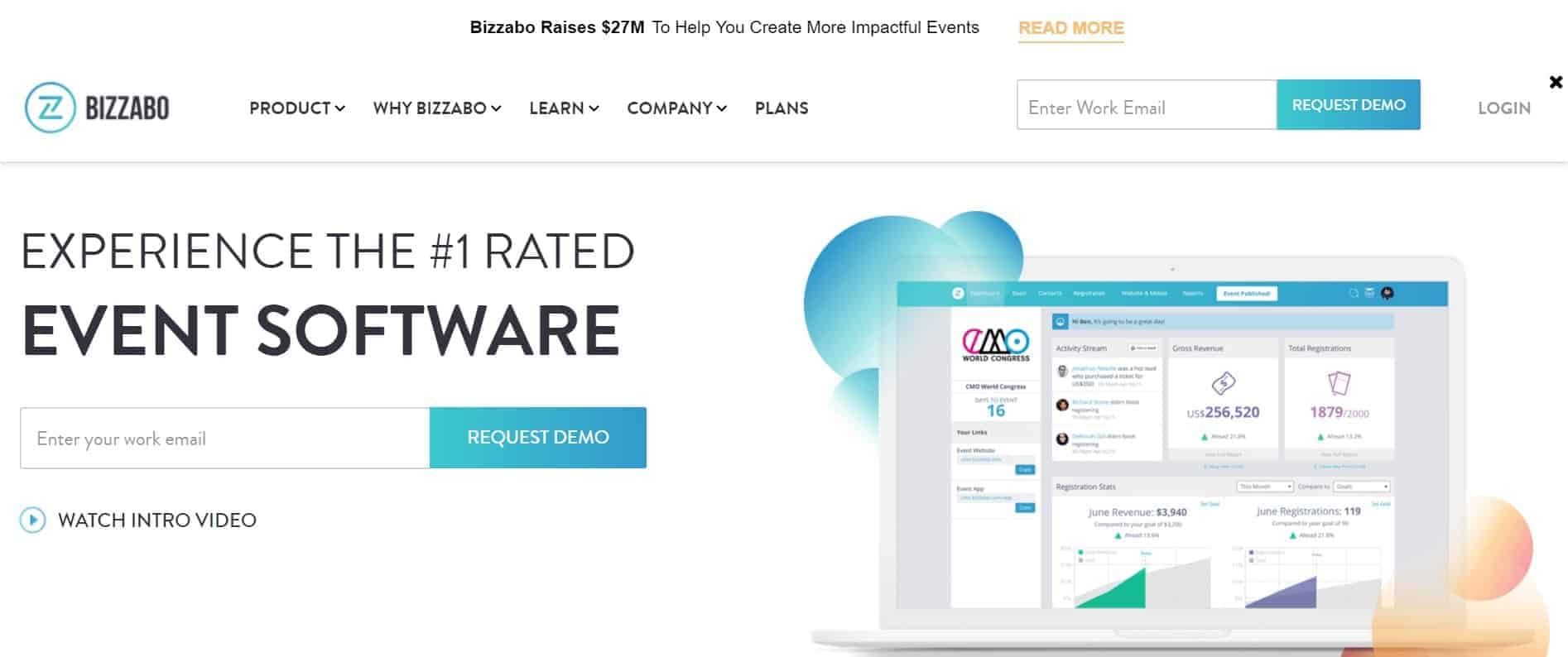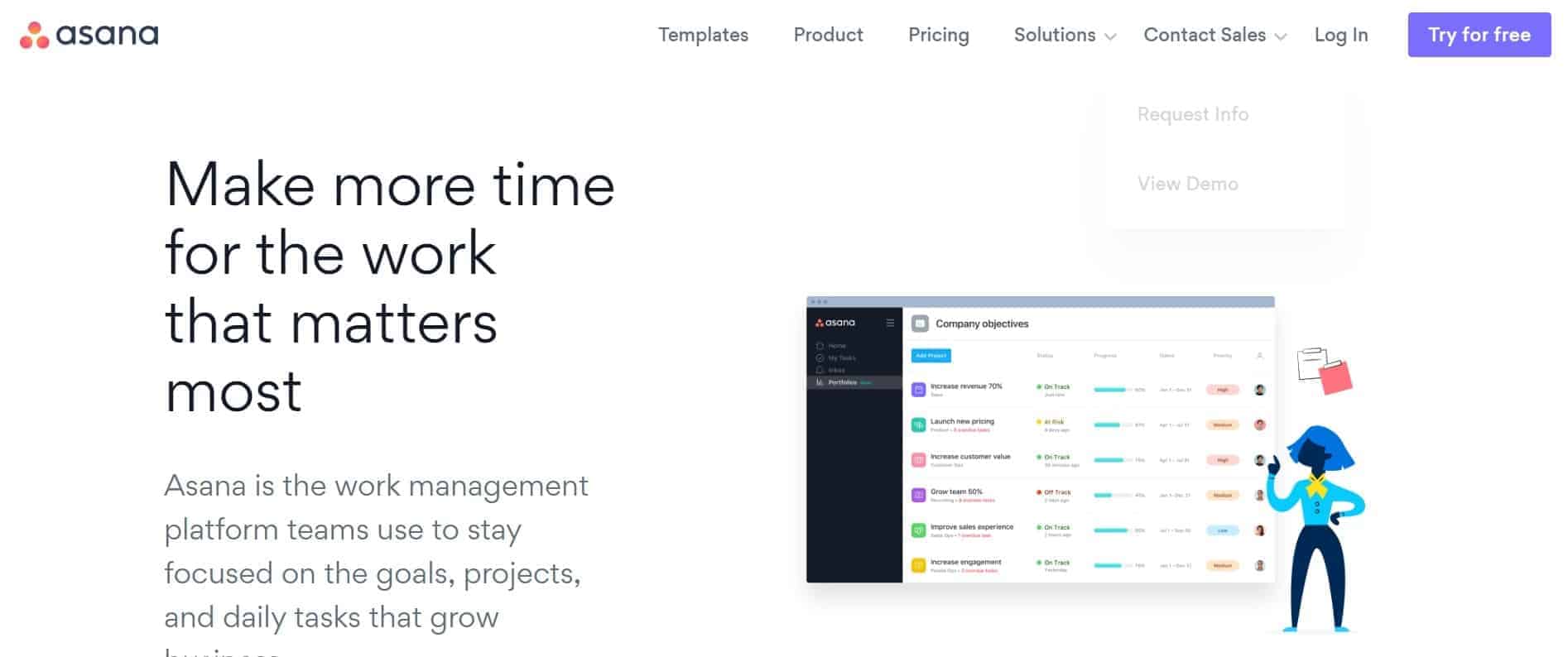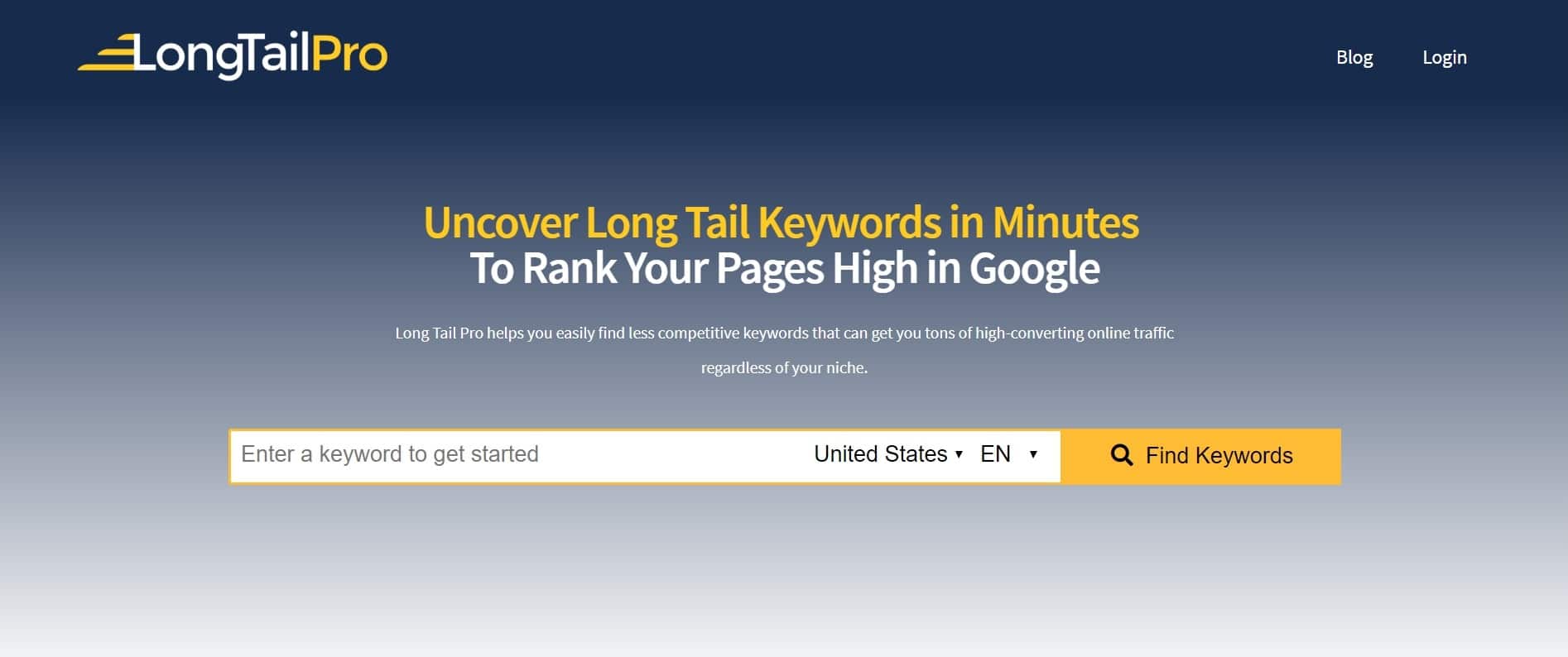Has any online business ever astonished you after you found out some details?
You might be using some online tools that fall into this category, but you didn’t know about it.
Perhaps you visited some online tool website to use it or to check out the website design or read their content, but you never realized that it was a SAAS company.
This is about to change because this article is going to lift the backdrop and showcase some opportunities for you.
I bet some internet startups might have surprised you with their creative ideas and services. However, it’s necessary to understand that the SAAS business model has a connection with the entrepreneurial mindset.
Most SAAS companies succeed because they introduce a product that innovates a job or makes it faster or brings efficiency. Thus, it starts to get the attention of the audience.
You might be using an online tool for:
- Designing graphics items
- Managing social media
- Editing your pictures
- Sending newsletters
- Paying bills
- Generating invoices
- Hiring employees
All these businesses represent the same idea of a SAAS business model.
We’ll share some of the fantastic SAAS examples, but first, we perhaps need to elaborate on what the SAAS actually is to make it easier for everyone to understand it. So when the next time you hear the word “SAAS,” you’d know that what they’re talking about.
What’s a SAAS Business Model?
SAAS stands for software-as-a-service, which is an online business model comprising of software solutions made available through the world wide web.
SAAS technology involves web and software integration to create an environment for the end-user to access the software remotely from anywhere around the world through the internet.
This article must be very interesting for you if you’re into entrepreneurship and startups, especially if you’re scratching the surface to find the idea of your own as a budding entrepreneur.
In case, you have no interest in entrepreneurship and startups, it’d still be relevant to you because you’ll take an inside out look at the SAAS businesses that are making waves around the world.
We’ve got plenty of SAAS examples to share with you, but before we proceed to the examples, there are some basics that we need to cover.
Here are three essential elements of a SAAS business model, which you should comprehend before taking a look at the details:
- Creative Business Idea
The very first thing that matters in a SAAS business is the innovation that they bring to the table.
The more creative a startup is, the more attention it could seek. Creativity refers to the newness and problem-solving ability of the business idea. If a SAAS business is based on a model that already exists, then it must offer a unique selling point to prove the worthiness.
- Cloud Computing
Cloud computing refers to the remote data storage, transfer, and management.
A SAAS company must be utilizing the power of cloud computing in some way to ensure the infusion of the latest IT technologies into the mix. When the SAAS model is based on the internet so it shouldn’t surprise anyone that cloud computing could be an integral part of it.
- Data Management
Data management is a capacity of gathering, processing, and managing data of the users to provide the solutions that are feasible to the end-users. If a SAAS company doesn’t build a system of data management, then it misses out on a lot of opportunities.
So these were three essential elements of a SAAS business model.
If you’re new to this SAAS business model and still looking for clarification, then pay close attention to the next part.
What type of SAAS business models are available in the market?
It’s difficult to pin down the exact types of current SAAS business models because of the vastness of the model.
However, after some research, we found out that most people in the software-as-a-service space pinpoint one or the other SAAS business models mentioned below:
SaaS Examples: 1. Innovation-based Model
Some believe that the innovation-based model refers to the SAAS businesses that are built based on the brand new ideas and intended to introduce a new type of product in the market.
One of the fundamentals of the innovation-based model is that it doesn’t have any correlation or resemblance with any other product on the market.
For instance, when Snapchat came along, they brought the idea of the stories into the social media world. Later on, many other platforms adopted the concept and made some changes to the concept. But it’s still clear that Snapchat introduced stories.
2. Disruption-based Model
A disruptive model is a business model in which a brand enters the already existed business space and disrupts the environment through creativity, newness, or offer. It could be a facility, feature, or pricing that turns the table around.
For example, Facebook bought Oculus VR for $3 billion in 2014, a VR headset development company, which opened an unstoppable debate on the advent of the technology and how disruptive virtual reality could be in the future. A lot of startups have been launched since then. If it wasn’t for the Oculus VR acquisition, the buzz around virtual reality would have been different.
3. Subscription-based Model
Many startup founders, entrepreneurs, and evangelists believe that the subscription-based model is also a type of SAAS-based business. With hindsight, it’s understandable that many startups are online subscription-based services.
They operate on freemium models as they offer both free and paid versions of their products. The core point is that these online services charge their customers monthly or annually as per the pricing model selected by the customer.
Netflix is a subscription-based SAAS company that sells the internet TV service around the globe.
They compete with the top companies in terms of revenues. However, they fall into this category as they charge for their subscription, they process online payments, and they also record user data such as name, email address, and content preferences.
4. Consumption-based Model
A lot of SAAS experts consider consumption-based internet services as an important SAAS model.
The idea behind such SAAS companies is that they charge their consumers based on the quantity of product usage. Since their business model is internet-based and they operate just like another SAAS company, so they rack up the reputation of the SAAS business model.
For instance, Google Adwords is a consumption-based SAAS product. You get charged for the advertising fee when your ads are clicked.
You might come across many more SAAS business models along the way. Some SAAS business models are web-oriented, but they extend their products to mobile platforms.
On the other hand, some SAAS products are app-based, and they build their PC versions to get along with the trends.
Now, it’s time to look at the SAAS examples so that you could milk some inspiration, ideas, and creativity from their business models. Not only could you take creative vibes from these SAAS companies, but you could also learn how they managed to gel business models with their innovative ideas.
Here’s the list of 7 SAAS companies you should check out:
1. 360Learning

360Learning is a collaborative learning management system that provides a modern-day online educational platform and connects the students with the instructors.
It’s a great example of an SAAS business model as it works as an online education software.
Not only does it provide online education, but it also gives you a virtual stage to interact with other students. You could rate the performances, interact with the instructors, and participate in various engagements.
Moreover, it allows users to access resources in various forms such as ebooks, case studies, and webinars. It does have an API, Salesforce integration, and a single sign-on integration to expand your online education experience.
It has three pricing options; starter, business, and training organizations. The most affordable for a beginner is the starter package and it starts at $10 each month for a single user.
2. Bizzabo

Bizzabo is a full-fledged event management system that takes care of the attendees’ registrations, event promotions, attendees engagement, ticket selling, platform integrations, and correspondence.
It’s not just another online ticketing system that many event organizers use.
The way it’s designed is to ensure that the attendee gets the most out of an event, for example, the social networking side of this platform is fantastic; you get to interact with other attendees and you can send out private messages to network with others before and after the event.
Bizzabo has three different packages. However, you can request the demo before you head over to the checkout-part of it.
It’ll give you an inside out view of the Bizzabo. The platform integrations come handy when you’re using a SAAS product; it connects with hundreds of online tools and products that make the event management a lot easier.
3. Zoom

Zoom is a SAAS product that provides state-of-the-art communication services to the organizations and sole proprietors.
It lets you organize online meetings, video conferences, webinars, phone, and instant messaging. Now you can host a meeting with your fans or employees within a few seconds.
The best thing about Zoom is that it’s not an ordinary webinar tool that just revolves around webinar management. It does so much more than hosting and organizing the webinars.
For instance, you can share files with other users, you can invite Facebook friends to come live with you and share the link across social media with your followers to check out.
Moreover, it supports up to 1000 participants and 10,000 viewers. You can try out this SAAS product with a free plan that supports up to 100 participants and unlimited 1-to-1 meetings.
4. Canva

Canva is one of the most popular online graphics designing tools that people use for designing business cards, brochures, Facebook ads, social media images, website banners, and pamphlets.
It’s a great example of an SAAS product as Canva does the job of a graphics designing software such as Adobe Photoshop, but only makes it easier.
You don’t have to be an expert in designing to design your material with Canva. All you need is to have a computer with an internet connection on it. Moreover, they also have mobile apps; you can get started with your social media images designing right on your phone.
Canva has both free and paid plans.
You can almost do everything in the free plan except for using the paid graphics items and resizing the images. Try it out because it’s a fantastic tool for bloggers, entrepreneurs, and businesses.
5. FreshBooks

FreshBooks is an all-in-one online invoicing and accounting service that lets you bill your clients and receive money safely into your account. It helps bloggers, freelancers, small businesses, and consultants to bill their clients without any hassle.
Not only does it make is safe, but it also speeds up the process. You could focus on your work and let the FreshBooks handle your billing system.
One of the best features of FreshBooks is that you could set up the automatic invoicing and forget about sending the invoice to your customers every month because this billing service does it for you.
There are additional features that make this service a charm, for example, you can calculate taxes, offer discounts to your clients, choose a preferred currency, manage account via mobile app, and receive invoices notifications when get paid.
FreshBooks is a fine example of a SAAS product that helps small businesses and sole proprietors in managing their finances.
6. Asana

Asana is a project management tool that helps small businesses in managing their tasks, deadlines, and communication among the team members.
It makes the job easier when the team is on the same page as far as the goals, projects, and duties are concerned.
One of the perks of such SAAS tools is that they are cloud-based services, which means you could access your dashboard from anywhere in the world.
This SAAS-based tool helps users integrate multiple online products such as Slack, Dropbox, Zapier, Dossier, and more. It has Android and iOS apps for users to access their accounts remotely.
There is a free plan that allows you to try out the basic features of this project management tool.
However, you could upgrade your plan and the premium package begins at $9.99 per user and billed annually.
7. Long Tail Pro

Long Tail Pro is one of the popular keyword research tools on the market. It’s a SAAS tool that does help bloggers, online marketers, and SEOs who look out for hot and untapped keywords to target in their content.
This keyword software also tracks keywords and domains so that you keep an eye on the rankings.
It also helps you track your SERP so that you could know where your site stands in the search results in Google.
Not only can you track your site positions in SERP, but you could also track the competitors’ sites. So it also works as a spy tool and reports about your competitors’ keywords as well.
Long Tail Pro has three packages and the starter package costs $25 per month. They also offer a 7-day free trial so that you could understand how this software works.
What’s the takeaway?
You’ve seen seven examples of SAAS businesses that are successful, unique, and reliable. There are certain things you could take away from these SAAS companies. So let’s take a quick look at those things:
Free Package
You might have noticed that some of these SAAS companies offer free plans. The fundamental idea of having a free plan is that you engage the audience and generate a lead.
However, if the free plan is ineffective, meaning, it doesn’t have much to offer, then the whole idea of having a free plan collapses. So always be sure when you offer a free plan, it must entail value.
Unique Selling Point
Unique selling point (USP) is a characteristic of a product or a startup which differentiates it from the rest of the market. Most SAAS companies that succeed always have a unique selling point to offer. For example, when Canva came along, there was no such online tool that provided online image designing at ease.
Solid Product Offering
The solid product offering is a feature that makes a product stand out from the crowd. There could be features in a SAAS tool that makes all the difference. For instance, Bizzabo seems to be having a solid product offering.
They have certainly taken an edge over many other online ticket management services. The reason is that they have incorporated ticketing with a few more things such as event promotion, attendees registration, and attendees socialization — all in one place.
High-quality Back-end Services
To start a good and efficient SAAS-based business, one must choose the high-quality back-end tools whether it’s cloud-hosting, CDN system, or website platform. These decisions look simple to make but these go a long way.
User-friendly and Engaging Website Design
Last but not least, the website design matters a lot in making a SAAS product successful. The reason is that if users can’t navigate properly, they won’t be able to discover what the SAAS tool has to offer.
Therefore, you may have to leave the money on the table. On the contrary, if your website design is user-friendly, well-designed, and engaging, it would automatically impact your audience engagement and conversion.
So these were some SAAS examples and the takeaway from these examples.
What have you learned about the SAAS business model from this article?
Let’s talk in the comments section.
Shall we?



